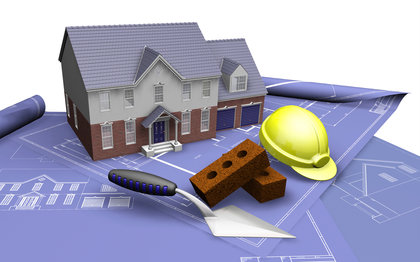
New single-family home sales showed extremely encouraging numbers in November, reaching their highest level since April 2010.
New single-family home sales increased 4.4 percent from October to November, hitting their highest mark since April 2010, according to the latest numbers from the U.S. Census Bureau and the Department of Housing and Urban Development.
In addition, new single-family home sales, which were at an annual rate of 377,000 in November, posted a 15.3 percent year-over-year increase for the month.
New Single-Family Home Sales – A Market in Recovery
The Census Bureau also reported positive news on the prices of new single-family homes sales:
- The median sales prices for new homes sold in November was $246,200, an increase of 3.5 percent from October.
- Similarly, the average sale price for new homes sold increased as well, rising 7.8 percent from $278,900 in October to $299,700 in November.
- The housing inventory of new single-family homes also bodes well for price; at 149,000, or a 4.7-months supply, new single-family housing inventory is at its most balanced level in years.
Altogether, between rising new single-family home sales, increasing sale price and a balanced housing inventory, it’s difficult to come to any other conclusion than this – after a couple down years, the new home market seems poised for a recovery.
The Diminishing “Distressing Gap”
New single-family home sales in 2012, Bill McBride recently wrote on his Calculated Risk blog, are poised to increase 18 percent over 2011, and with the new home market continuing to improve, McBride is anticipating even better stats in the future.
“I expect new home sales to double from here within the next several years as distressed sales continue to decline,” he wrote.
The key measure to follow, McBride continued, will be the “distressing gap,” or, the difference between existing-home sales and new home sales. Existing-home and new home sales generally trend close together, but as this excellent graph demonstrates, the overbuilding of the housing boom years through that balance out of whack, and lingering properties from that period have far outnumbered newly-built single-family homes.
However, with housing inventories coming into greater balance, distressed inventories dwindling and more homebuyers becoming interested in new homes, the distressing gap is expected to close.
